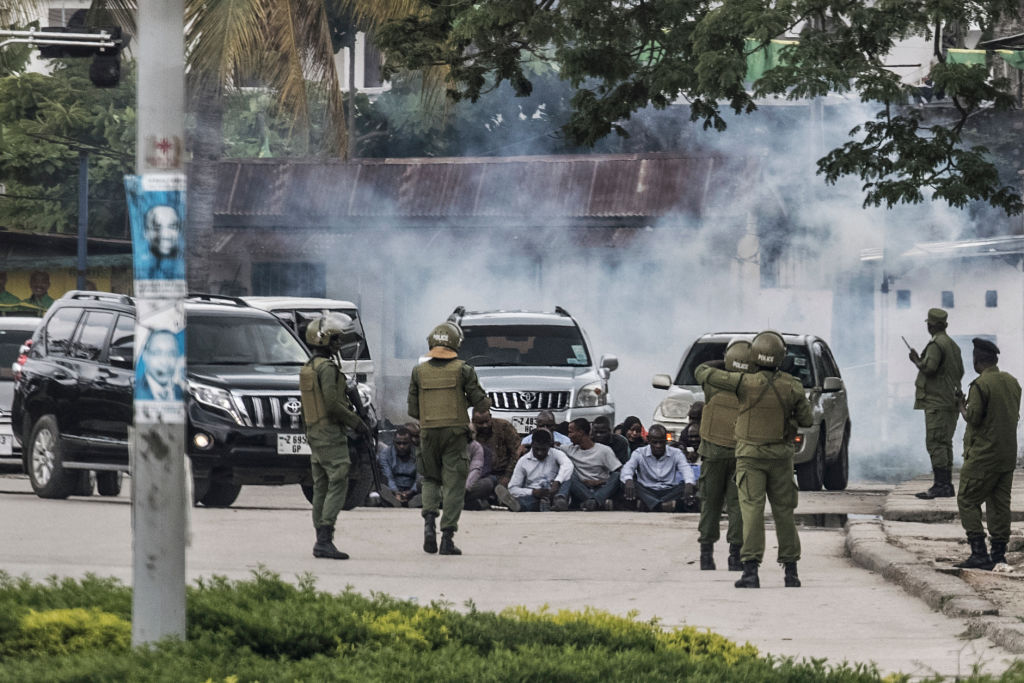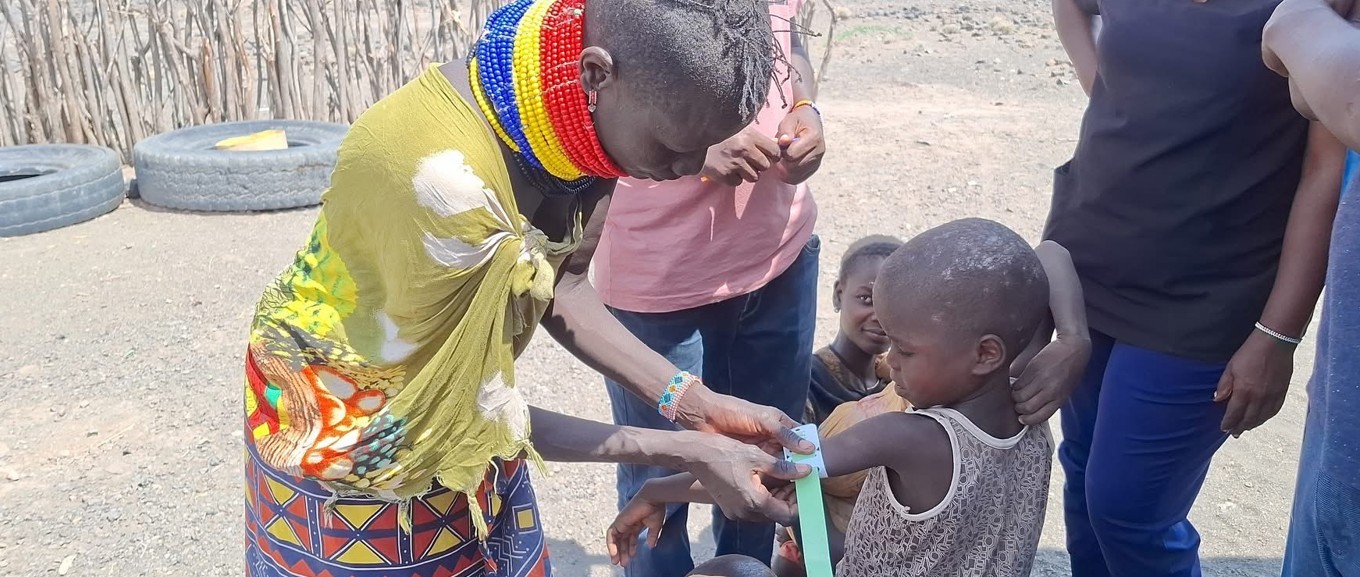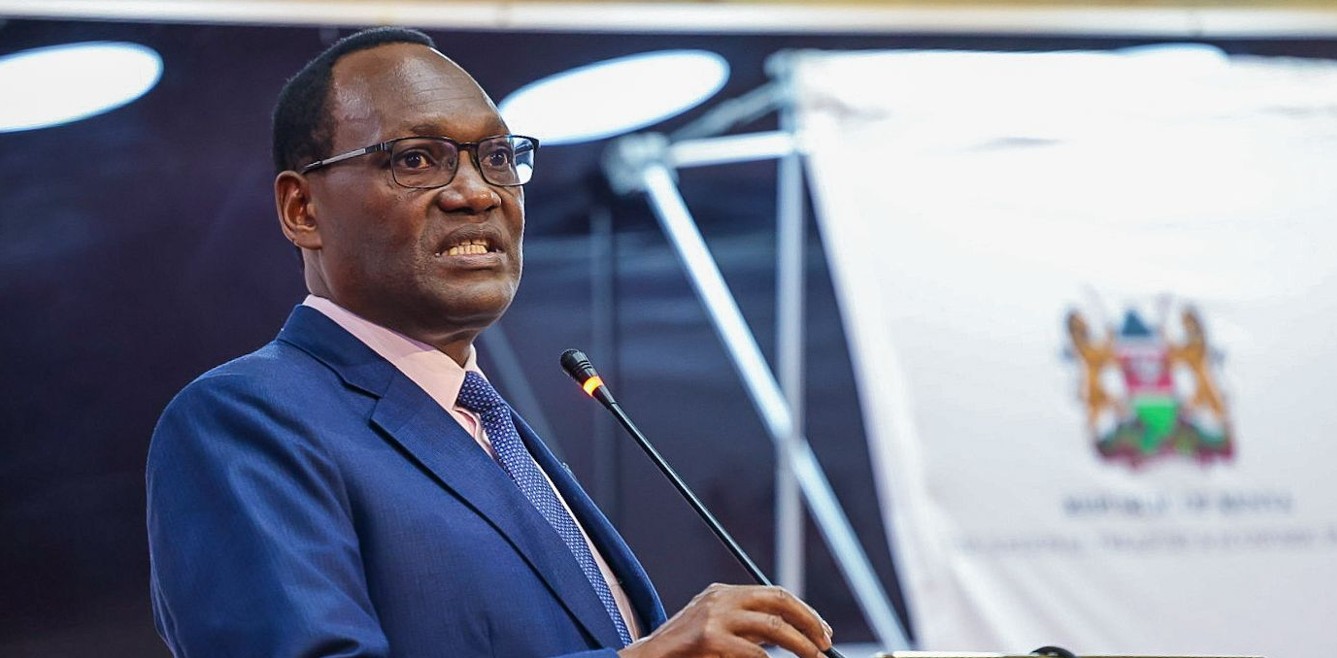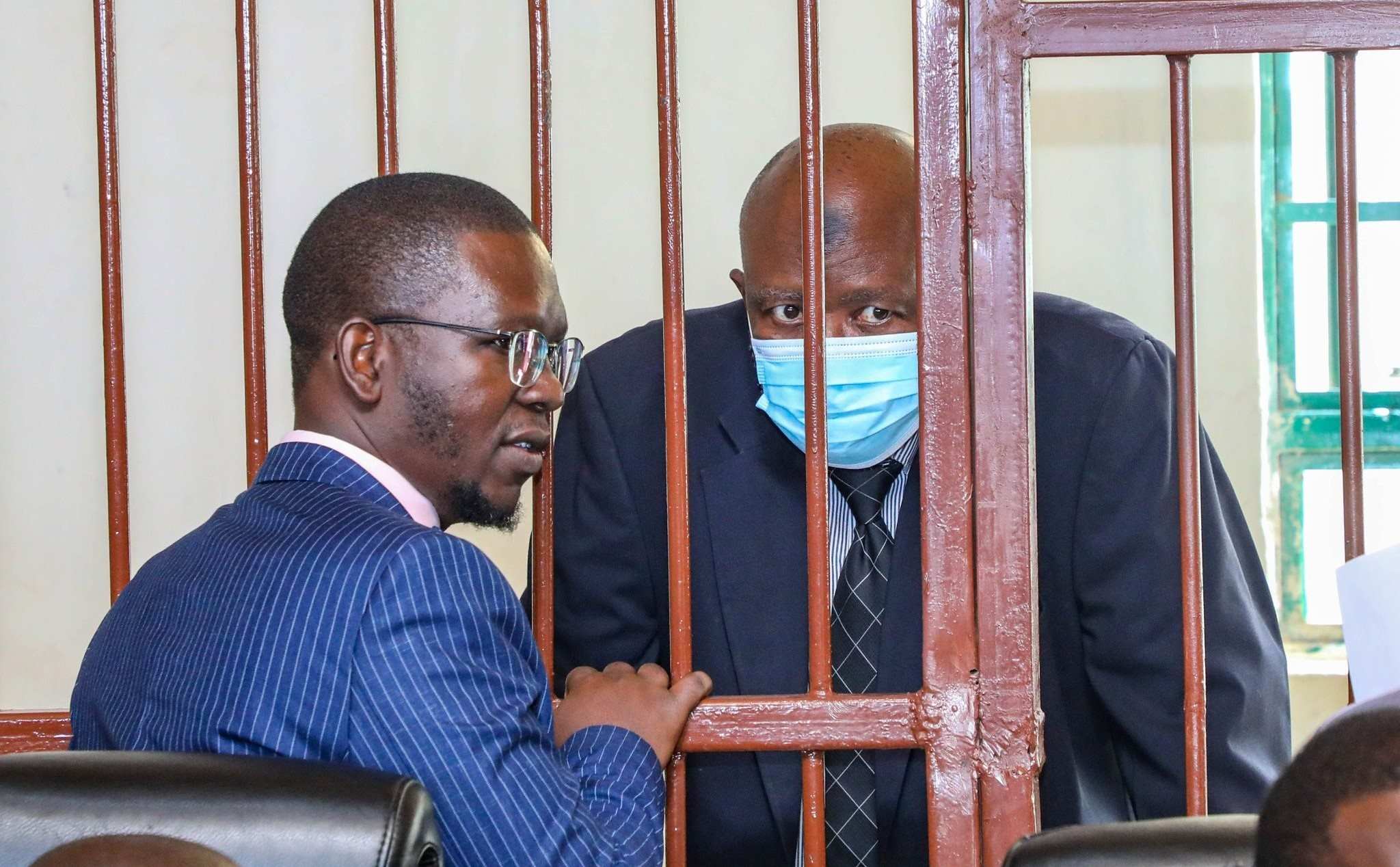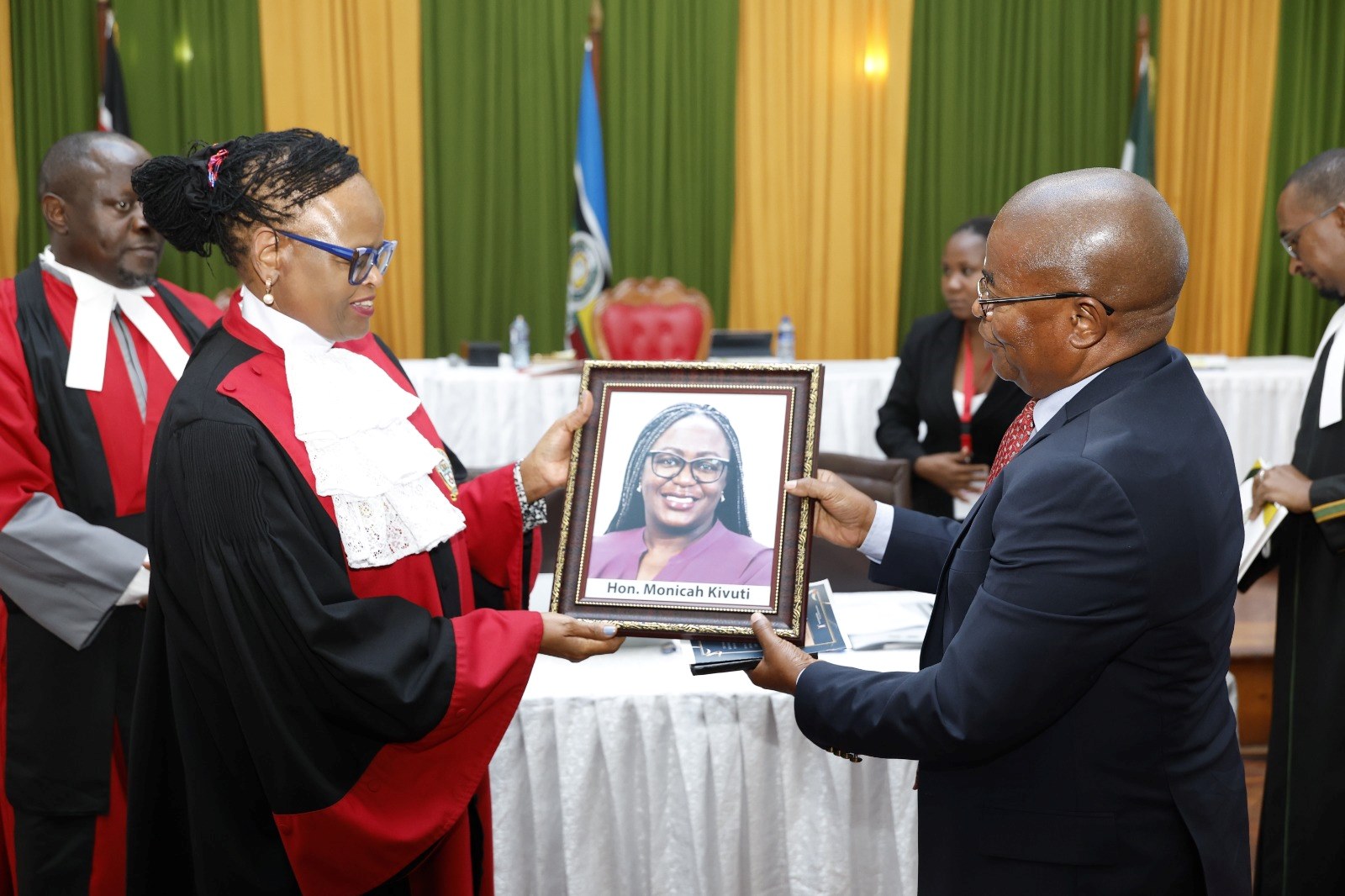WHO warns of soaring antibiotic resistance in gonorrhoea globally

Resistance to ceftriaxone, in particular, has climbed from 0.8 per cent to five per cent while cefixime resistance rose from 1.7 per cent to 11 per cent.
The World Health Organisation (WHO) has raised alarm over rising antibiotic resistance in gonorrhoea, warning that the sexually transmitted infection is increasingly defying standard treatments worldwide.
Data from its Enhanced Gonococcal Antimicrobial Surveillance Programme (EGASP) shows that resistance to key antibiotics such as ceftriaxone and cefixime has jumped sharply between 2022 and 2024, with the hardest-hit countries reporting growing numbers of untreatable cases.
More To Read
Resistance to ceftriaxone, in particular, has climbed from 0.8 per cent to five per cent while cefixime resistance rose from 1.7 per cent to 11 per cent.
WHO said resistant strains were detected in more countries over the same period.
Resistance to azithromycin remained stable at four per cent, while resistance to ciprofloxacin reached 95 per cent, with Cambodia and Viet Nam reporting the highest levels.
In 2024, 12 EGASP countries across five WHO regions provided data, up from four countries in 2022. These countries, including Brazil, Cambodia, India, Indonesia, Malawi, the Philippines, Qatar, South Africa, Sweden, Thailand, Uganda and Vietnam, reported a total of 3,615 gonorrhoea cases.
More than half of symptomatic gonorrhoea cases in men (52 per cent) were reported from countries in the WHO Western Pacific Region, including the Philippines (28 per cent), Vietnam (12 per cent), Cambodia (nine per cent) and Indonesia (three per cent).
The WHO African Region accounted for 28 per cent of cases, the South-East Asia Region 13 per cent (Thailand), the Eastern Mediterranean Region four per cent (Qatar) and the Region of the Americas two per cent (Brazil).
Data also showed that the median age of patients was 27 years, ranging from 12 to 94 years. Among the cases, 20 per cent were men who have sex with men, 42 per cent reported multiple sexual partners in the past 30 days, eight per cent had recently used antibiotics, and 19 per cent had travelled.
The report has highlighted the urgent need to strengthen surveillance, improve diagnostic capacity, and ensure equitable access to new treatments for sexually transmitted infections (STIs).
The release of the data coincides with World Antimicrobial Resistance (AMR) Awareness Week, highlighting the critical importance of global action against drug-resistant infections.
EGASP, launched by WHO in 2015, collects laboratory and clinical data from sentinel sites around the world to track AMR and inform treatment guidelines.
“This global effort is essential to tracking, preventing, and responding to drug-resistant gonorrhoea and to protecting public health worldwide,” Tereza Kasaeva, Director of the WHO Department for HIV, TB, Hepatitis & STIs, said.
“WHO calls on all countries to address the rising levels of sexually transmitted infections (STIs) and integrate gonorrhoea surveillance into national STI programmes.”
In 2024, the WHO advanced genomic surveillance, sequencing nearly 3,000 samples from eight countries. Landmark studies on new treatments, including zoliflodacin and gepotidacin, as well as research on tetracycline resistance, were conducted by WHO’s Collaborating Centre on AMR in STIs in Sweden. The studies are guiding future gonorrhoea control strategies and doxycycline-based prevention (DoxyPEP) approaches.
EGASP continued to expand its reach in 2024, with Brazil, Côte d’Ivoire and Qatar joining the programme. India began implementation and data reporting in 2025 under its National AIDS and Sexually Transmitted Diseases Control Programme.
Despite progress, the WHO warned that EGASP faces challenges, including limited funding, incomplete reporting and gaps in data from women and extragenital sites.
The organisation has called for urgent investment in national surveillance systems to sustain and expand global gonococcal AMR monitoring.
Top Stories Today
